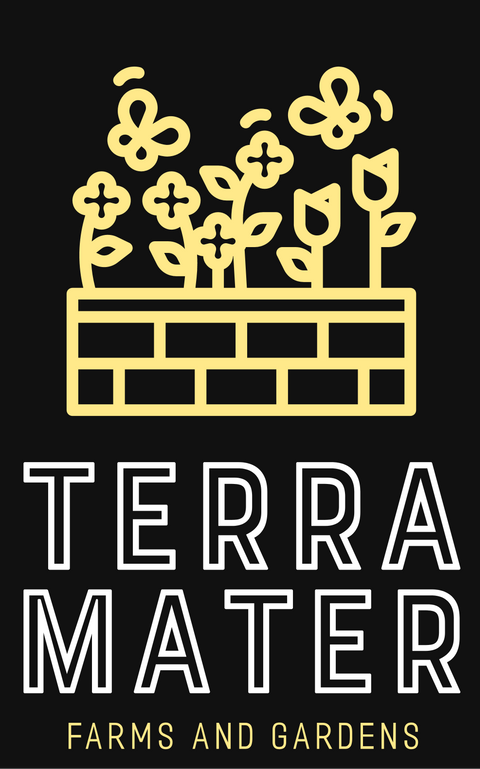Moldavian Balm Organic Heirloom Seeds (Dracocephalum moldavica) Lemony mint relative with vivid blue blooms; ideal for teas, pollinators, and vibrant herbal gardens
Minimum: 40+ Seeds
Brighten Your Garden and Your Teacup with This Forgotten Lemon-Mint Treasure
If you love the fragrance of lemon balm but crave something more vivid, flavorful, and pollinator-happy, Moldavian Balm is your new garden obsession. With glowing blue-violet blooms, uplifting citrus-mint aroma, and centuries of herbal tradition, this heirloom plant offers unmatched beauty and usefulness. Herbalists, tea lovers, and cottage garden dreamers, this one’s for you.
I’ve grown this in tucked-away corners and full sun herb beds, and every time I brush past it, that fresh lemony burst stops me in my tracks. It’s not just gorgeous, it’s grounding, cheerful, and alive with bees from midsummer through fall.
Why Gardeners Fall in Love with Moldavian Balm
-
Flavor & Aroma: Lemony-mint, gentler than lemon balm, with soft floral undertones. Perfect for herbal teas, syrups, and refreshing garnishes.
-
Blooms: Vivid, iridescent blue-purple flowers in whorls, truly eye-catching among more common herbs.
-
Growth Habit: Upright, bushy, and compact, reaches 12–18" tall, ideal for beds, borders, and containers.
-
Season & Hardiness: Grows easily as an annual in most zones. Fast to flower, just 60–70 days from seed. Tolerates light frost.
-
Pollinators: Bees, butterflies, and even hummingbirds adore it. A natural companion for vegetable and herb gardens.
Herbal Legacy Worth Reviving
Dracocephalum moldavica, known as Moldavian Dragonhead, is native to Eastern Europe and parts of Asia, where it has long been brewed as a restorative tea. Herbalists prized it for its mood-lifting, digestive, and aromatic properties. Though once common in monastery and apothecary gardens, it’s rare now, making it a true collector’s find for anyone who values botanical history.
How to Grow Moldavian Balm from Seed
You don’t need special conditions or expert skills, just a bit of sunlight and well-drained soil.
-
When to Sow: Start indoors 4–6 weeks before last frost or direct sow after danger of frost has passed.
-
Soil: Light, loamy, well-drained. Avoid wet roots.
-
Light: Full sun is best for both bloom and aroma.
-
Spacing: Plant 10–12" apart.
-
Water: Moderate; drought-tolerant once established, but don’t let it dry out in early growth.
-
Harvest Tips: Harvest leaves and flowers just as buds open. Dry for teas or use fresh.
-
Zones: Grows as an annual in most regions; reseeds gently in Zone 6–9.
This is one of the best beginner herbs for tea gardens, and a great addition to any zone 7 garden or above.
More Than Just a Pretty Herb
Use it for:
-
Culinary: Infuse honey or simple syrup, add to lemonade, cocktails, or herbal ice cubes.
-
Medicinal: Traditionally used to ease tension, support digestion, and gently uplift mood.
-
Ornamental: Beautiful in borders, containers, and floral arrangements.
-
Pollinator Support: Attracts beneficial insects and boosts garden biodiversity.
Plant a Patch of Calm, Color, and Lemon-Mint Wonder
Whether you’re crafting a new herbal tea blend, designing a pollinator haven, or curating rare heirloom seeds, Moldavian Balm will charm your senses and feed your soul. The color alone is reason enough, but the flavor and fragrance seal the deal.
📦 Heirloom, open-pollinated, non-GMO. Limited availability, this rare mint cousin doesn’t last long once word gets out.
👉 Add Moldavian Balm seeds to your cart now, your garden, your bees, and your teacup will thank you.




